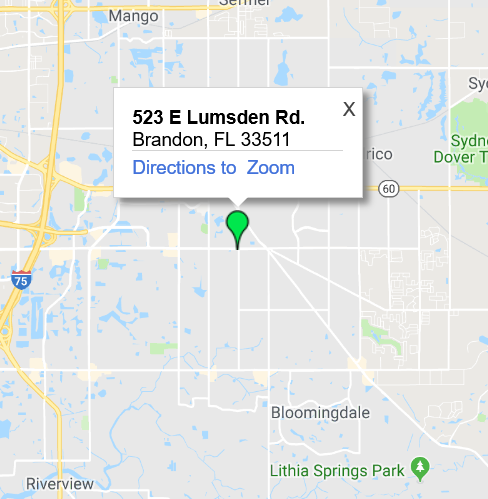Many business owners are stumped because their Profit and Loss Statement shows a profit month after month but they are having trouble paying their bills. Further, in busier months, their Profit and Loss Statement shows a loss.
Profits are just that-your revenues are greater than your expenses. Showing a profit doesn’t mean you have cash. A Revenue or Sale turns into Accounts Receivable when the company bills for the work performed. Then the company must collect for the work.
Here are 4 ways profitable companies go broke:
- Doing profitable work but not collecting for it (but the company paid employees and suppliers.)
- Doing work that isn’t profitable (covering direct expenses, overhead and a profit.)
- Doing a small volume of work to spread the costs across so there is little economy of scale-too little volume.
- Purchasing too much inventory that isn’t generating income but sitting in a warehouse.
As a general rule of thumb: A company needs 10% of its projected growth in cash to fund the growth. This cash should be used for inventory, increased accounts receivable, increased overhead and possibly an additional employee or fixed asset purchase.
Profits don’t pay the bills; however, profitable jobs are necessary to pay the bills. Collect for profitable work quickly, pay the bills associated with that job and stay solvent.

